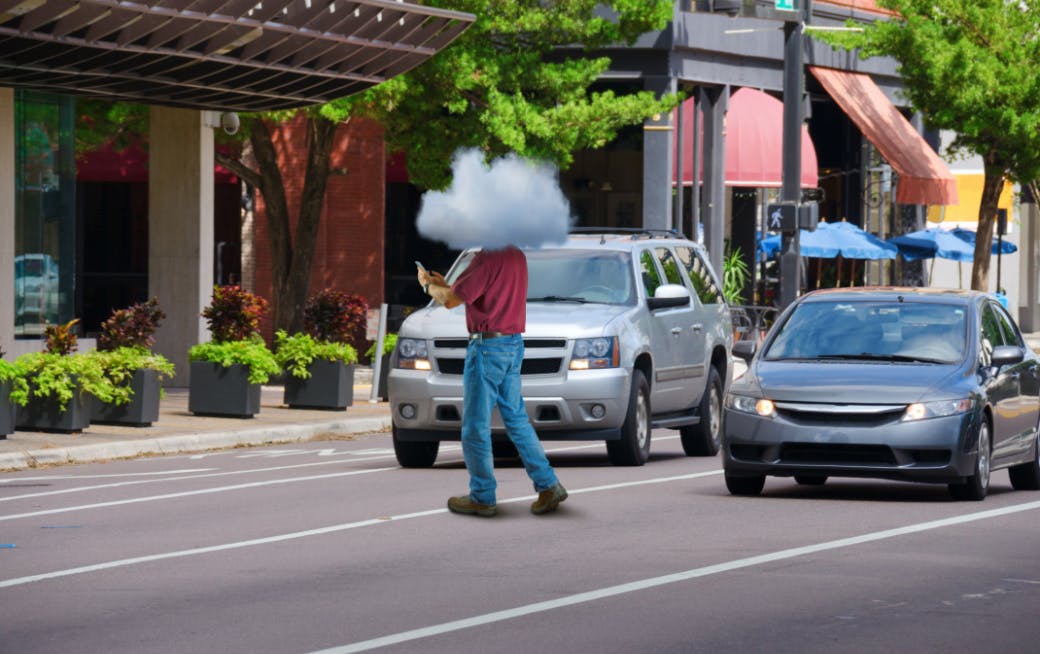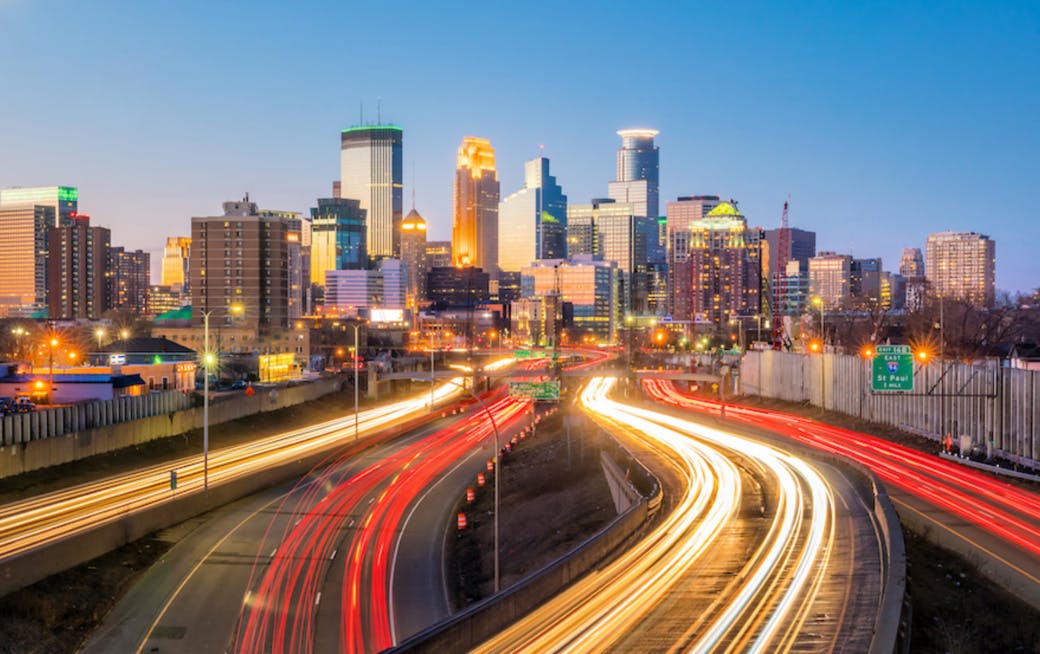A Closer Look at the Statistics About Highway Fatalities
33,561 FatalitiesAfter dropping to an historic low in 2011, traffic fatalities increased in 2012 for the first time in six years to 33,561 fatalities. Pedestrian and motorcycle accidents were cited for more than half of the increase.In November of 2013, The U.S. Department of Transportation's National Highway Traffic Safety Administration (NHTSA) released the 2012 Fatality Analysis Reporting System (FARS) data, which showed that 33,561 highway deaths took place that year. This number reflects 1,082 more highway deaths occurred nationwide in 2012 than in 2011. Sure, this jump in the numbers was the first in six years, and still left our nation at historic lows for highway deaths. (It reflects roughly the same amount of deaths as the year 1950.) While it is clear there has been progress made over the last half century, the fact that as a nation, we still sit firmly within the five-figures a year zone should make us uncomfortable. Let’s take a closer look at the NHTSA’s statistics:-About 70% of this increase took place within the first quarter of the year. For those of us not living in a tropical or southern climate, it’s imperative that we watch out for those icy January and February roads.-Pedestrian and motorcyclist deaths increased for the third year in a row. Much of the pedestrian deaths took place in Urban Areas, at night and non-crosswalks, or involved alcohol. As far as the cyclists were concerned, states that lacked a universal helmet law saw ten times as many deaths as other states. Know your state laws regarding motorcycles, and steer clear of them on highways and expressways whenever possible.-Drunk Driving fatalities saw a 4.6% increase from 2011. It effectively caused 10,322 deaths, which is one third of the overall 2012 casualties, and most of these instances involved a driver who blew a .15 or higher. Only 18 states (and Washington D.C.) showed decreases in drunk driving deaths in 2012.-421,000 people were injured in distraction-affected crashes and 3,328 died. There were roughly 30 fewer deaths from distraction-affected crashes in 2012 than in 2011, however this is a nine percent increase in injuries. As such, more people were affected by distracted drivers overall. The NHTSA has only just begun to identify distraction-related accidents and develop an effective way to capture this data. DO NOT TEXT AND DRIVE.-Two-thirds of the people who died in nighttime crashes were not wearing a seat belt. This is the easiest way to protect yourself against a tragedy - form a habit of putting on your seat belt and always remind your passengers to do the same.The progress we have seen as a nation is definitely an encouraging step forward, but certainly does not mean we should be satisfied. Build safe habits now, and encourage others to do the same. Exercise safety and restraint when consuming alcohol, and don’t text and drive.Take proactive prevention steps for automobile safety and protect your interests! You can do so by:-Ordering our free 10 Minutes, 10 Hours wallet card here (keep one in your wallet, handbag, or glove box).
Source: NHTSA Data Confirms Traffic Fatalities Increased In 2012












